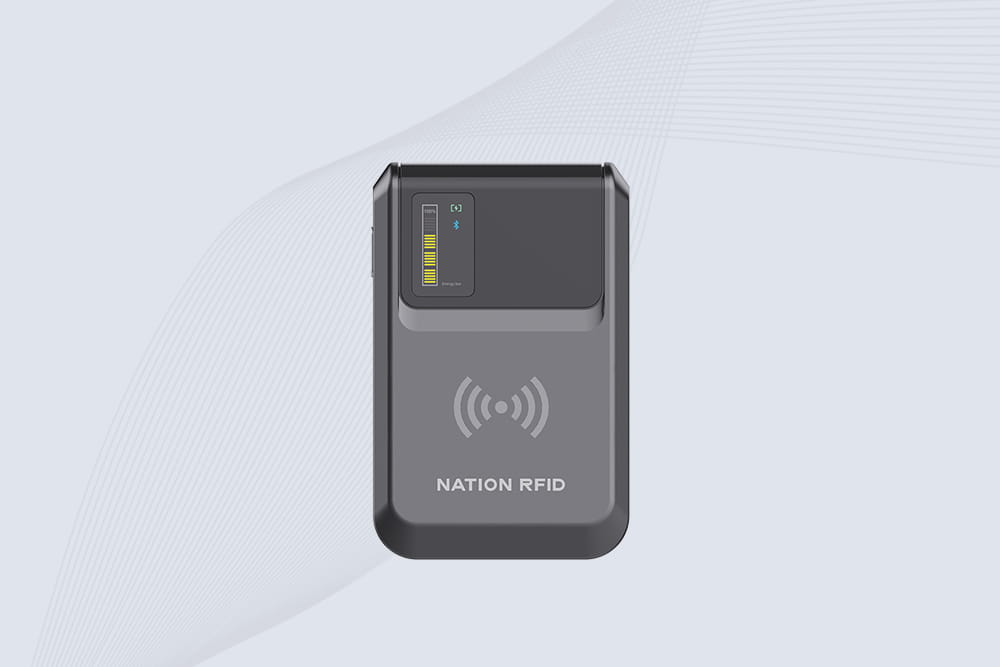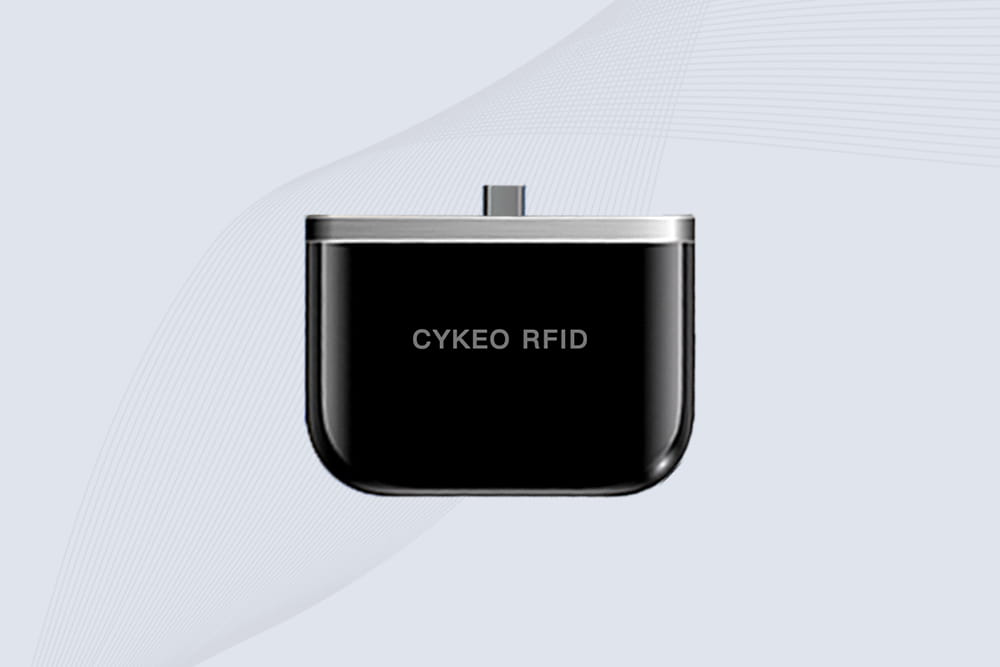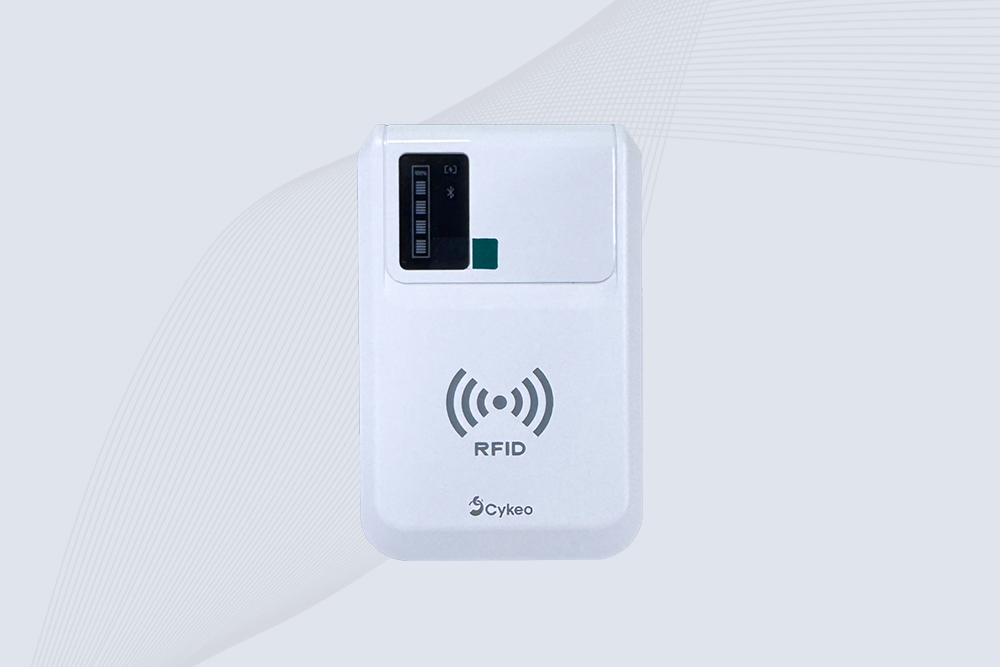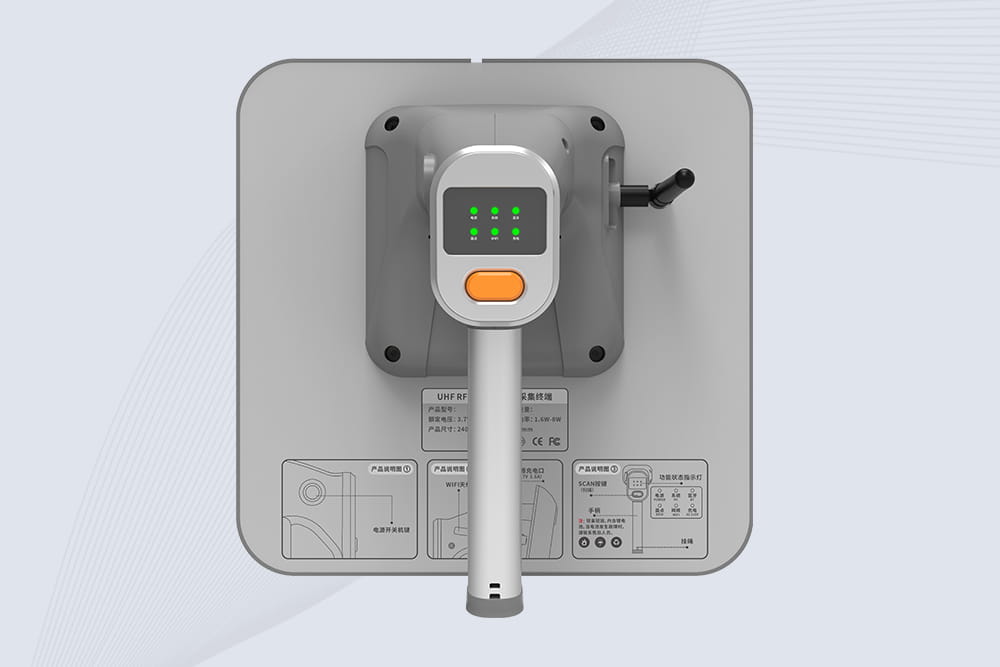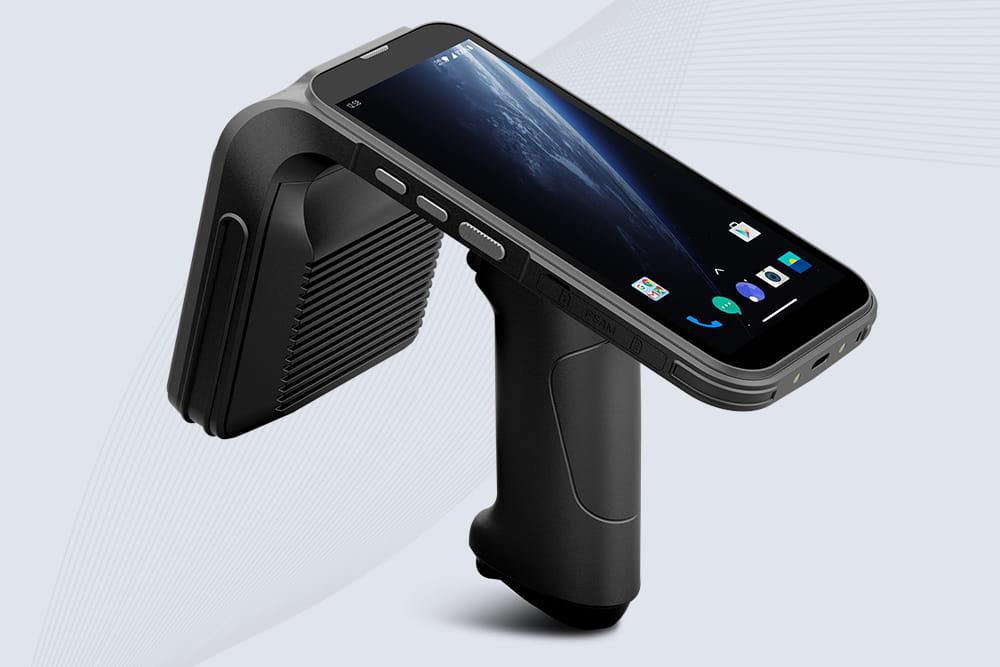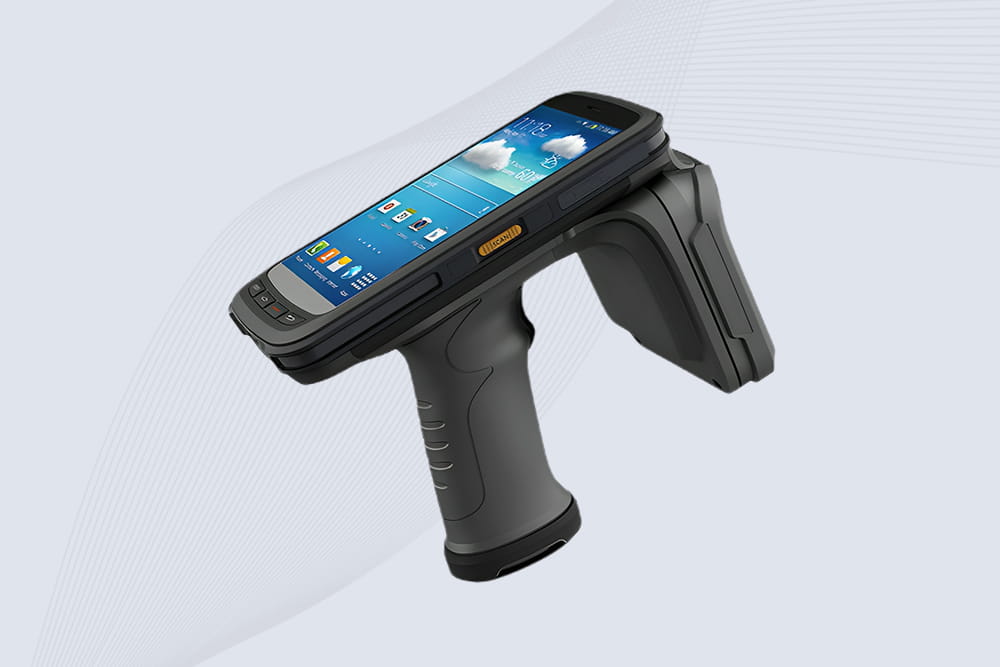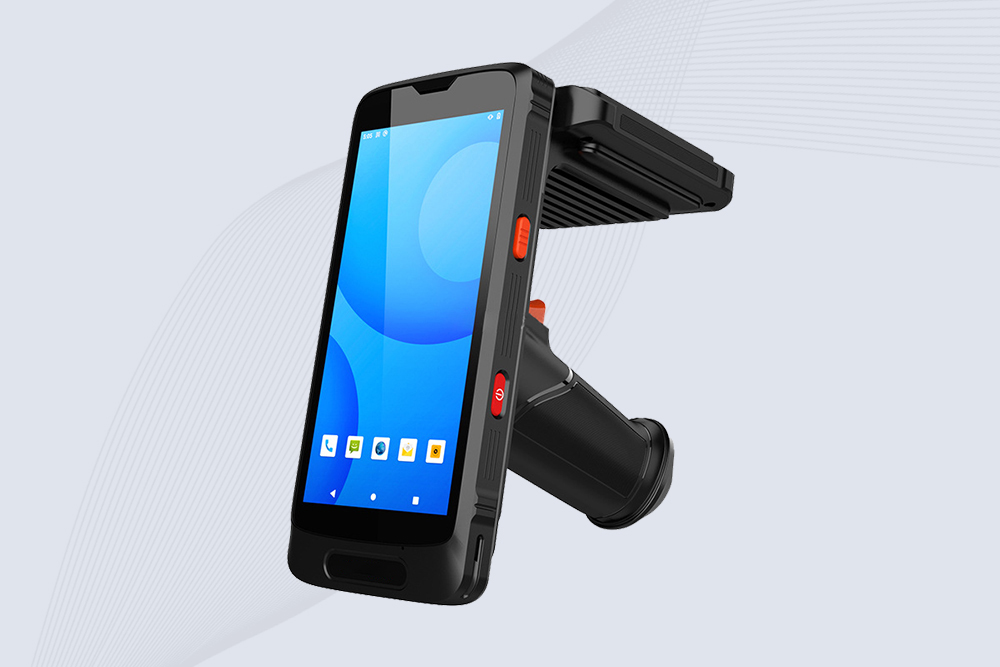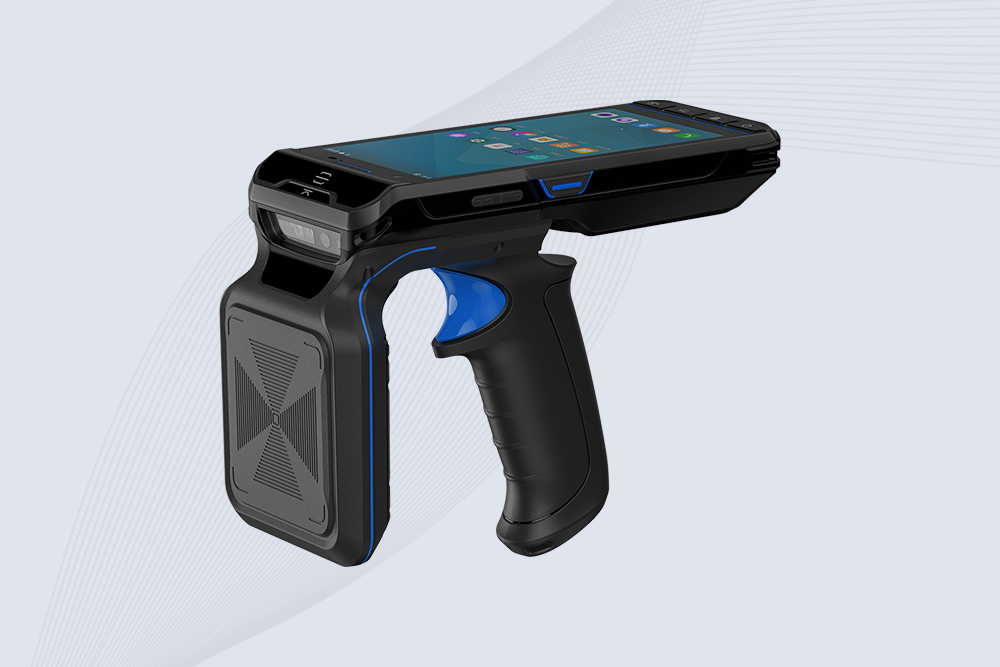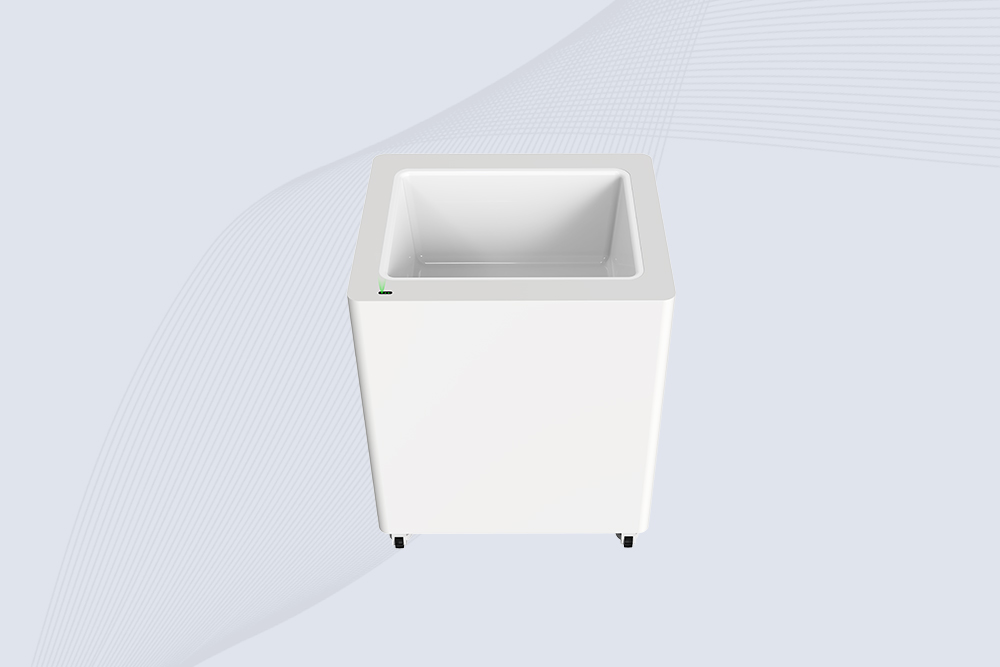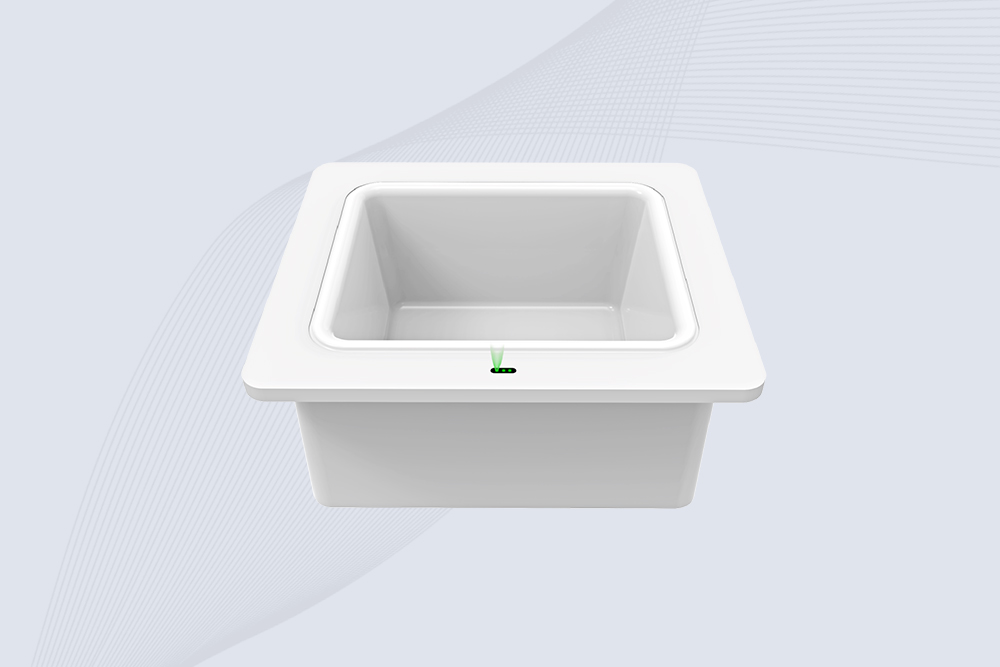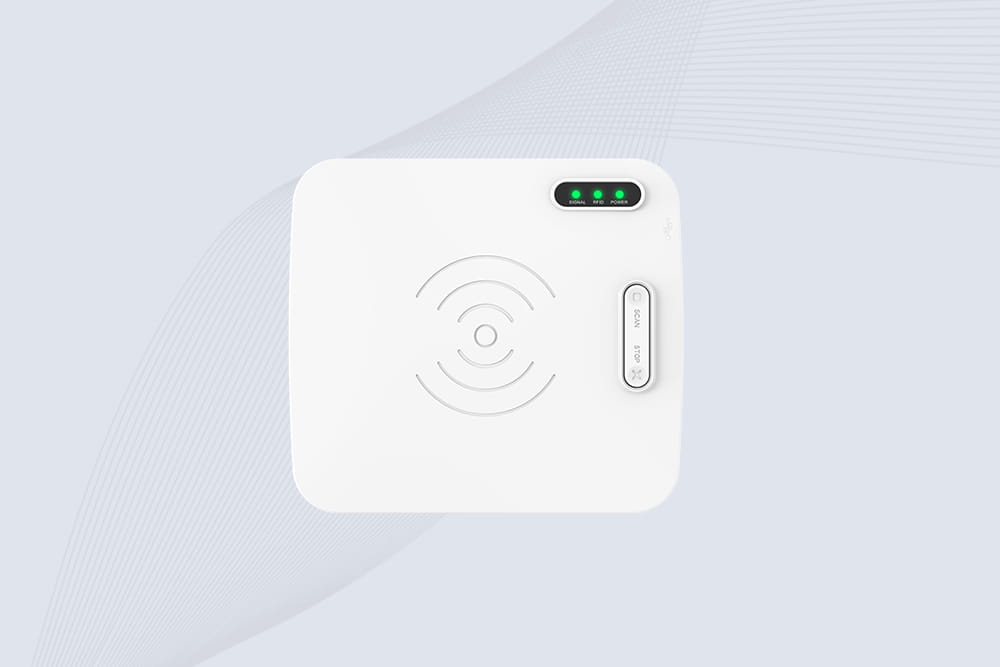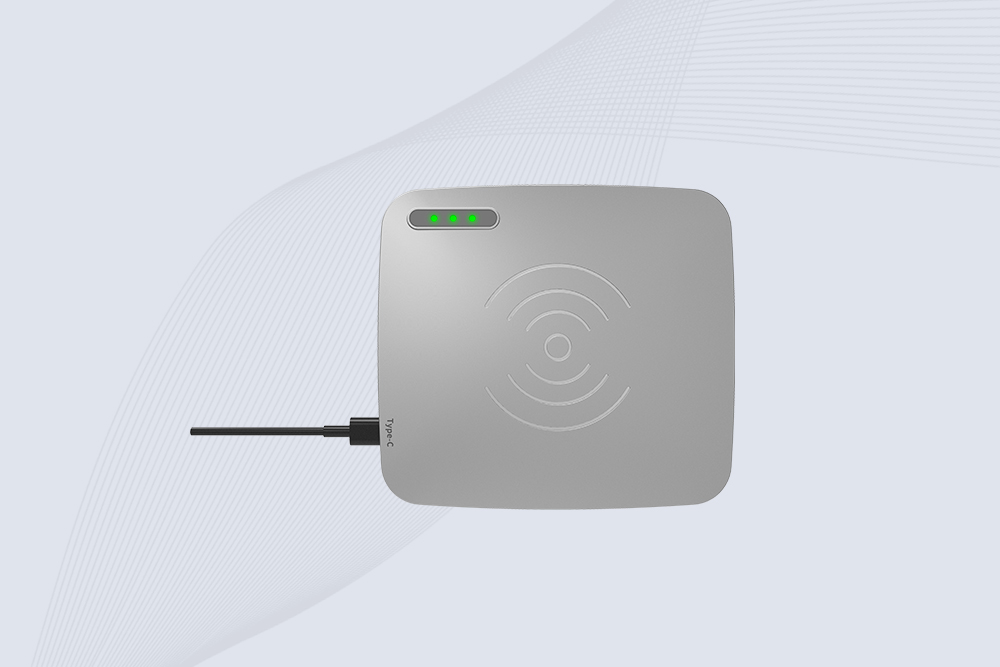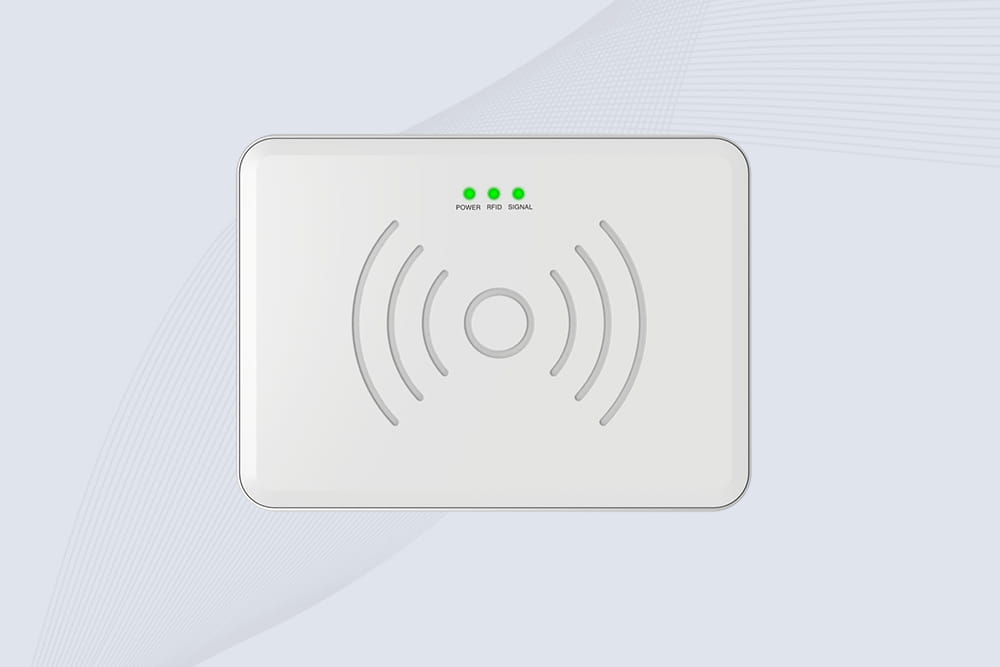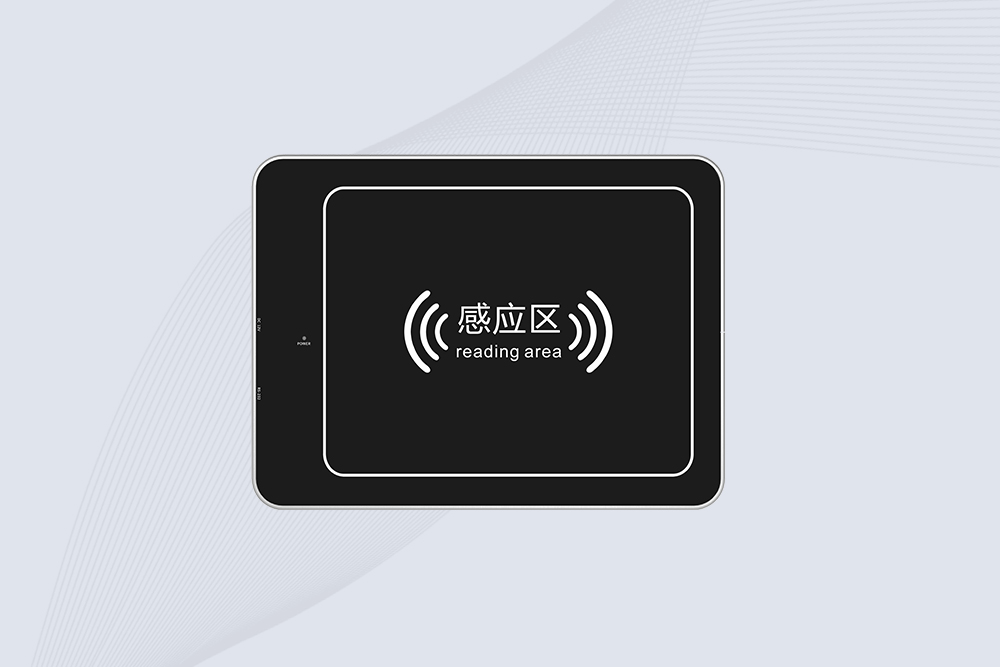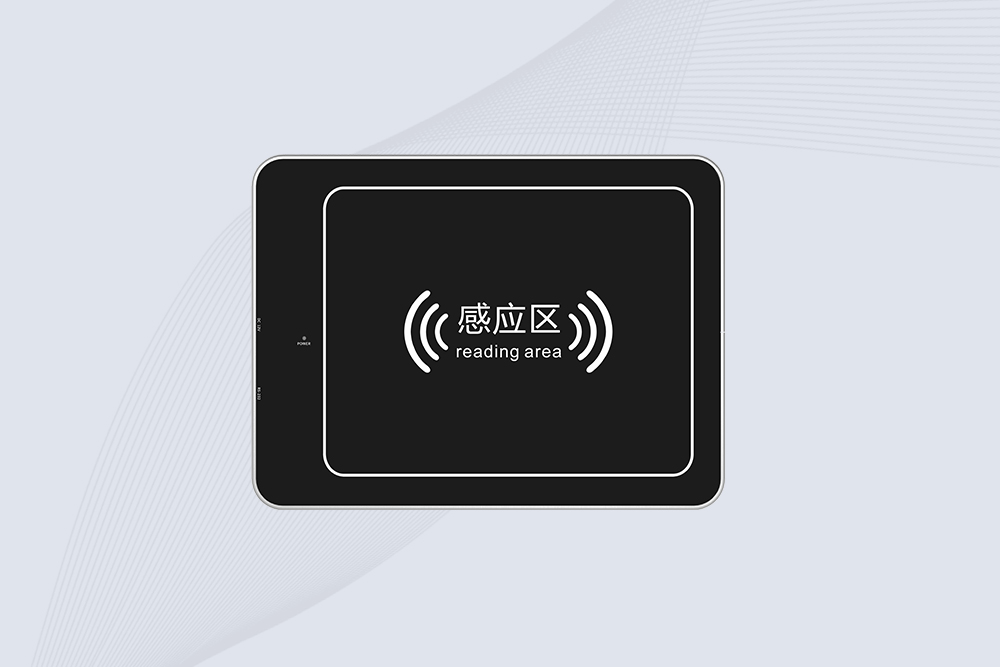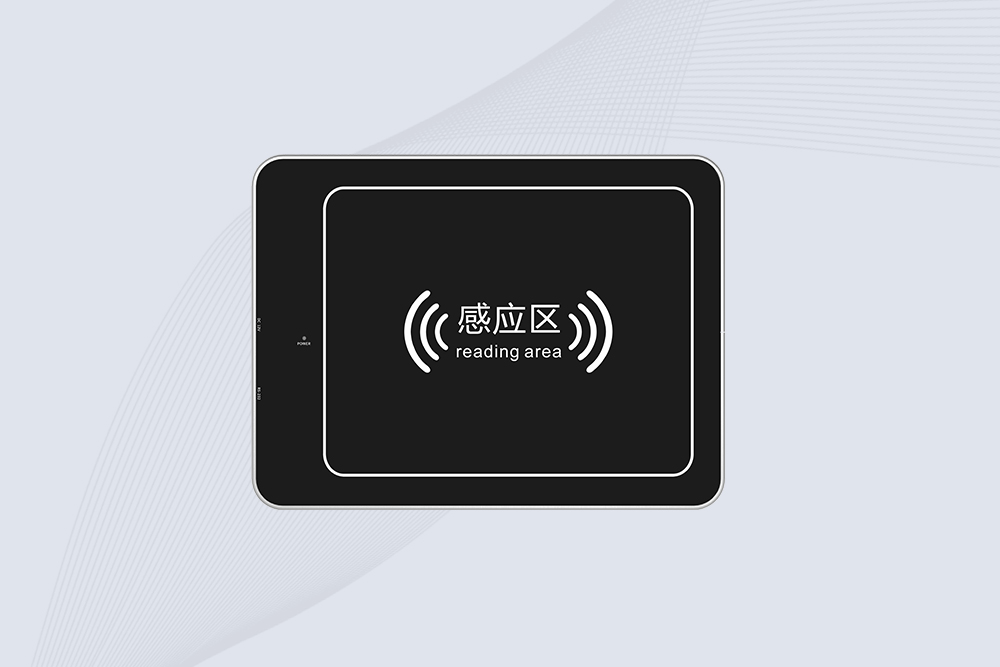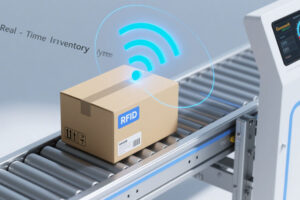How to Use Handheld RFID Readers for Livestock Tracking on Farms?
Handheld RFID readers revolutionize livestock management by enabling accurate, real-time tracking of animals. From tagging to data integration, here’s a comprehensive guide to implementing RFID for cattle, sheep, or poultry:
1. Choose the Right RFID System
- Frequency Types:
- LF (Low Frequency, 125–134 kHz): Best for close-range scanning (10–30 cm) and durable tags (e.g., Allflex Ear Tags).
- UHF (Ultra-High Frequency, 860–960 MHz): Long-range (3–10 meters) for large herds but less durable in harsh environments.
- Tag Types:
- Ear Tags: Most common for cattle and sheep (ISO 11784/85 compliant).
- Injectable Tags: Subcutaneous RFID implants for poultry or pigs.
- Collars: Reusable UHF tags for rotational grazing tracking.
Example: Dairy farms often use LF ear tags (Allflex) for durability, while feedlots may prefer UHF collars for group scanning.
2. Tagging Livestock
- Step 1: Sanitize tagging tools and apply RFID tags:
- Cattle/Sheep: Attach ear tags to the middle third of the ear using an applicator.
- Poultry: Inject subcutaneously between the wing and breast (vets recommended).
- Step 2: Record tag IDs in farm management software (e.g., Farmbrite or Agrivi).
Pro Tip: Use dual-frequency tags (LF + UHF) to support handheld and fixed readers.
3. Select a Handheld RFID Reader
Top Picks for Livestock Tracking:
- Cykeo CK-B2G UHF Reader:
- Range: Up to 10 meters for scanning herds in pastures.
- Durability: IP65-rated for dust/mud resistance.
- Cykeo CK-B4 Reader:
- Accuracy: 99.9% read rate for ear tags in chutes or pens.
- GAO RFID Handheld UHF:
- Affordable: Budget-friendly for small farms.
Use Case: A Texas cattle ranch uses Cykeo CK-B2G UHF Reader to scan 500+ cows during rotational grazing, saving 15 hours/week.
4. Collect and Manage Data
- Scan Animals: Use the handheld reader to:
- Track weight gain, vaccinations, or breeding cycles.
- Identify sick animals via unique ID-linked health records.
- Integrate Software: Sync RFID data with:
- Farm Management Platforms: FarmLogs, AgriWebb.
- Government Systems: USDA’s Animal Disease Traceability (ADT) program.
Pro Tip: Enable GPS tagging to map grazing patterns and optimize pasture rotation.
5. Maintain Equipment & Tags
- Reader Maintenance:
- Clean antennas after exposure to mud or manure.
- Update firmware (e.g., Cykeo’s RFID3 Utility) for bug fixes.
- Tag Checks:
- Inspect ear tags monthly for damage or loss.
- Replace tags if readability drops below 95%.
6. Compliance & Reporting
- Regulations: Ensure tags meet local standards (e.g., USDA or EU Animal Health Law).
- Export Requirements: Use ISO-compliant tags for international livestock sales.
Case Study: 30% Efficiency Boost on a Dairy Farm
- Challenge: Manual tracking of 1,200 cows led to errors in milk yield records.
- Solution: Deployed Allflex LF ear tags with Cykeo CK-B2G UHF Reader and Farmbrite.
- Results:
- 98% accurate health and yield tracking.
- 30% faster daily herd checks.
 Cykeo RFID IoT Solution Products R&D Manufacturer
Cykeo RFID IoT Solution Products R&D Manufacturer
